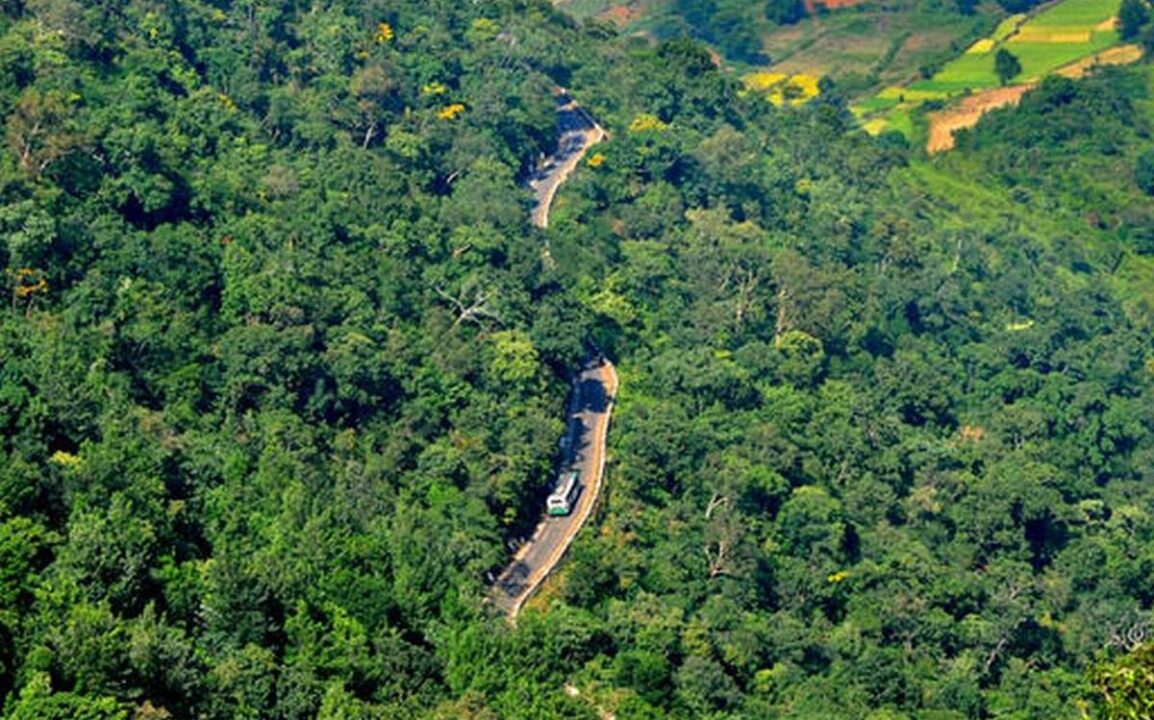
GUWAHATI: The northeast (NE) region is India’s largest carbon sink, accounting for 28 per cent of the country’s total approximated
of 7,124 million tones, revealed the India State of Forest Report 2019 released on Monday, March 8.
Arunachal Pradesh individually, where the forest covers more than 60 per cent of the state’s geographical area, has the leading carbon stock of 1051 million tonnes among all states and union territories in the country. The states following Arunachal Pradesh are Madhya Pradesh – 588.73 million tones, Chhattisgarh – 480.25 million tones, and Maharashtra – 440.51 million tones.
The per hectare carbon stock among different states and union territories shows that Sikkim has the maximum per hectare carbon stock of 171.04 tonnes per hectare, followed by the Andaman and Nicobar Islands – 167.09 tonnes per hectare, Jammu & Kashmir – 165.25 tonnes per hectare, Himachal Pradesh- 163.51 tonnes per hectare, and Arunachal Pradesh – 157.65 tonnes per hectare.
Forest carbon stock is the amount of carbon that has been sequestered from the atmosphere and is now stored within the forest ecosystem, in five pools- above ground biomass (AGB), below ground biomass, dead wood, litter and soil organic matter (SOC).
The carbon stock in India’s forests for 2019 has been estimated at 7,124.6 million tonnes, which is an increase of 42.6 million tonnes as compared to the estimates of the previous evaluation. India aims at creating an additional sink of 2.5 to 3 billion tonnes of carbon dioxide equivalent through additional forest and tree cover in the country by 2030.
India has the 8th biggest carbon stock in the world, with the Russian Federation, at the top of the list, and Brazil, USA, Democratic Republic of Congo, Indonesia, Colombia and China following it.
The report states that in the present evaluation, SOC represents the largest pool of carbon stock in the country’s forests, which has been estimated at 4004 million tonnes and it contributes 56 per cent to the total forest carbon stock of the country. The report stated that at the national level, 32 per cent of carbon stock is in AGB while about 56 per cent in SOC. It has been observed that in all the NE states, SOC is almost double the carbon in AGB.
In terms of forest cover, except Assam, the forest cover in other northeastern states has shrunk since the last assessment in 2017. In accordance with the report, the common cause for the decrease in forest cover in the region is shifting cultivation and development.

